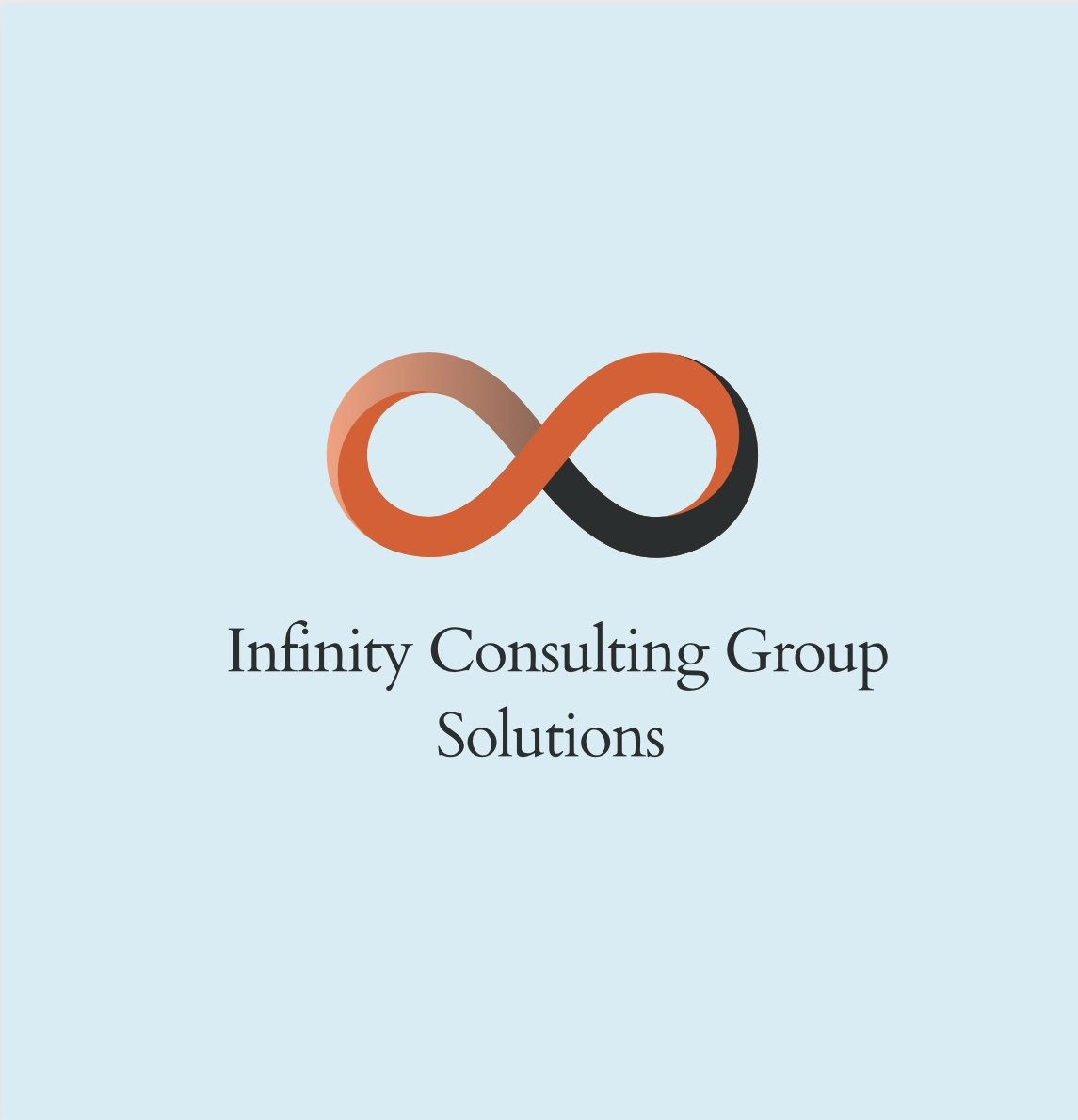Why Cost Savings Shouldn’t Be the Only Metric in Your Transformation Strategy
When companies invest in transformation efforts, cost savings often become the primary success metric. But focusing only on cutting expenses can lead to short-term wins at the expense of long-term efficiency, scalability, and growth.
A true transformation strategy should include measurable improvements in operations, productivity, and revenue generation—not just expense reductions.
Beyond Cost Savings: Key Metrics to Track
Cost reductions are important, but they don’t tell the full story. Successful transformations balance financial impact with operational improvements. Here are other key metrics to measure success:
1. Operational Efficiency
Process cycle time – How long does it take to complete a task compared to pre-transformation?
Automation rate – What percentage of manual processes have been automated?
Error rate reduction – Are process improvements reducing costly errors and rework?
2. Scalability and Business Agility
Revenue per employee – Is productivity improving as the business scales?
Customer acquisition cost (CAC) – Is the transformation lowering the cost of acquiring new customers?
IT system adaptability – Are new systems reducing downtime and improving integration across teams?
3. Employee Productivity and Retention
Time spent on value-added activities – Are employees spending more time on strategic work instead of manual processes?
Employee engagement scores – Has workplace satisfaction increased post-transformation?
Attrition rate – Are skilled employees staying, or is cost-cutting leading to talent loss?
4. Customer Experience and Satisfaction
Customer retention rate – Are customers staying longer due to improved service and operations?
Net Promoter Score (NPS) – How has customer satisfaction changed after transformation efforts?
Customer response time – Has process optimization improved service delivery speed?
5. Revenue Growth and Profitability
Gross margin improvement – Are operational efficiencies increasing profitability?
New revenue streams – Has the transformation enabled the company to enter new markets or launch new offerings?
Return on investment (ROI) for transformation initiatives – Are the changes driving measurable business value?
The Risk of Focusing Only on Cost Savings
Cost-cutting alone can lead to:
Loss of talent – Layoffs without workflow optimization create operational gaps.
Short-term fixes – Reducing expenses without process improvements often results in inefficiencies down the line.
Missed opportunities – A focus on savings alone can prevent strategic investments that drive long-term growth.
How to Build a Balanced Transformation Strategy
Instead of making cost reduction the sole focus, companies should:
Automate repetitive tasks to improve efficiency.
Optimize processes to increase output without additional costs.
Invest in upskilling employees for long-term productivity.
Leverage technology to reduce errors and improve decision-making.
Identify revenue-generating opportunities that align with efficiency goals.
A well-rounded transformation strategy doesn’t just cut costs—it improves how the business operates, scales, and grows.

